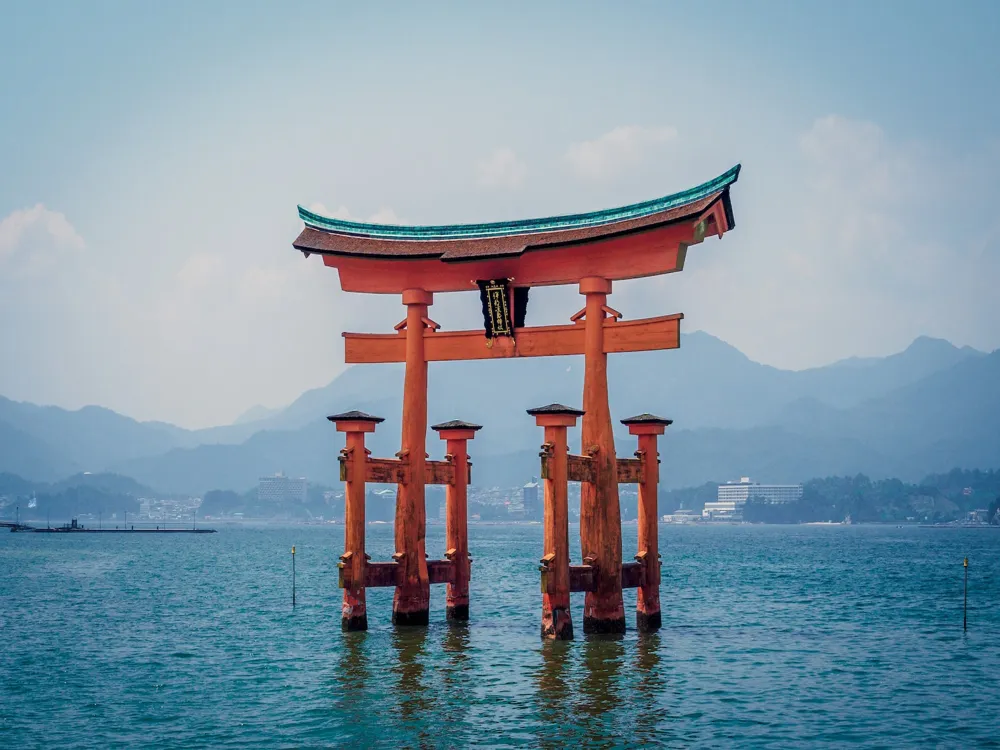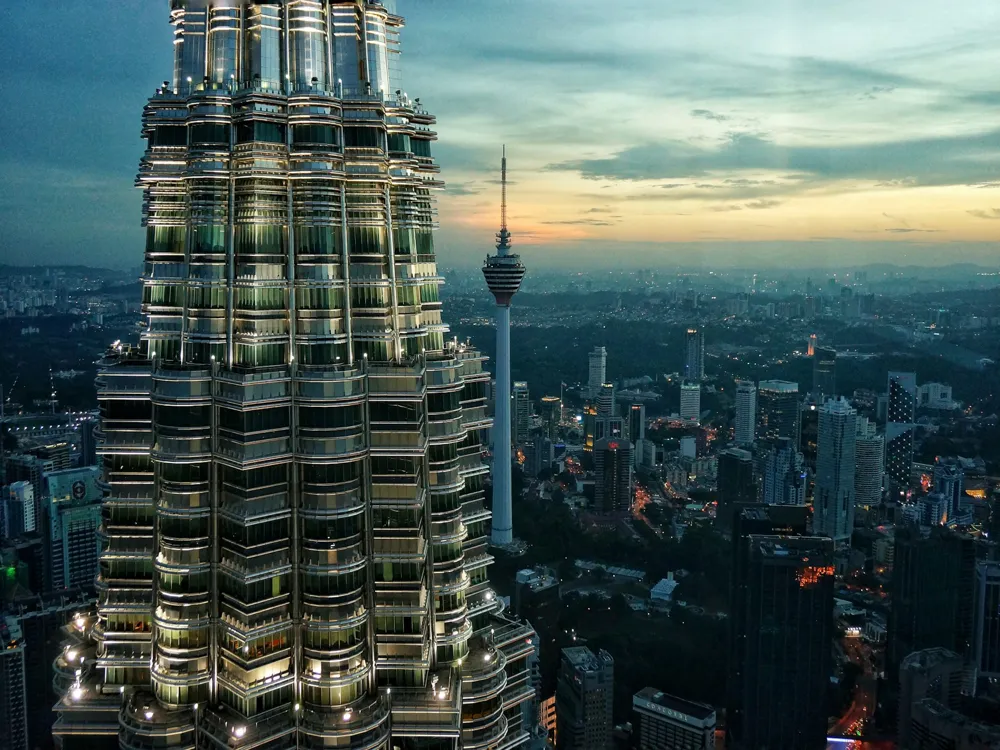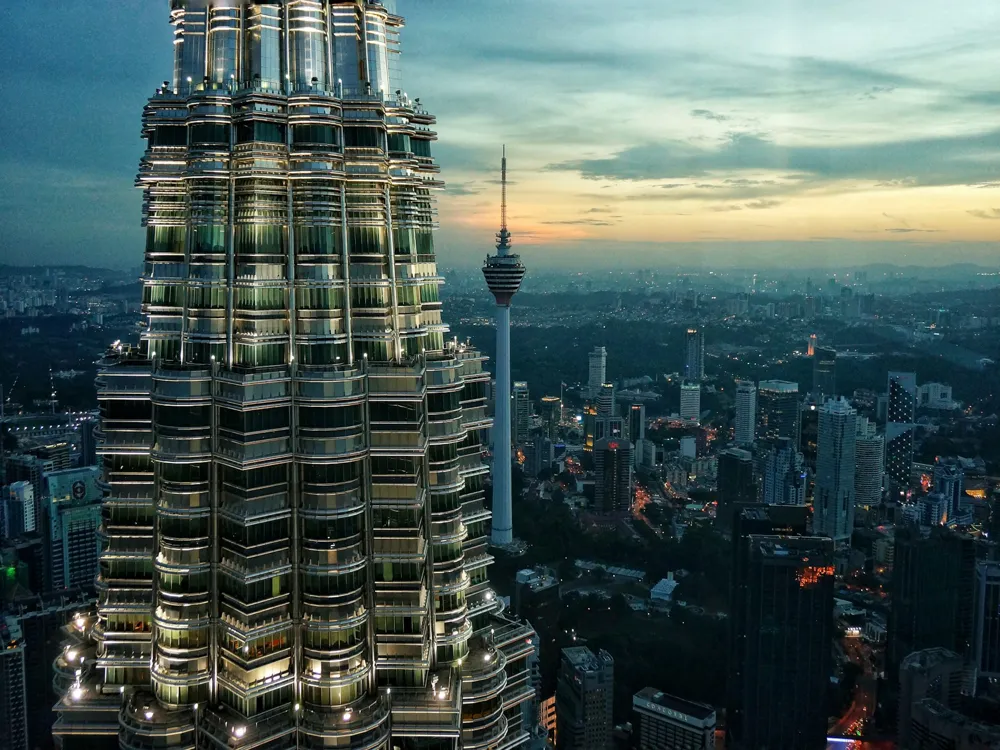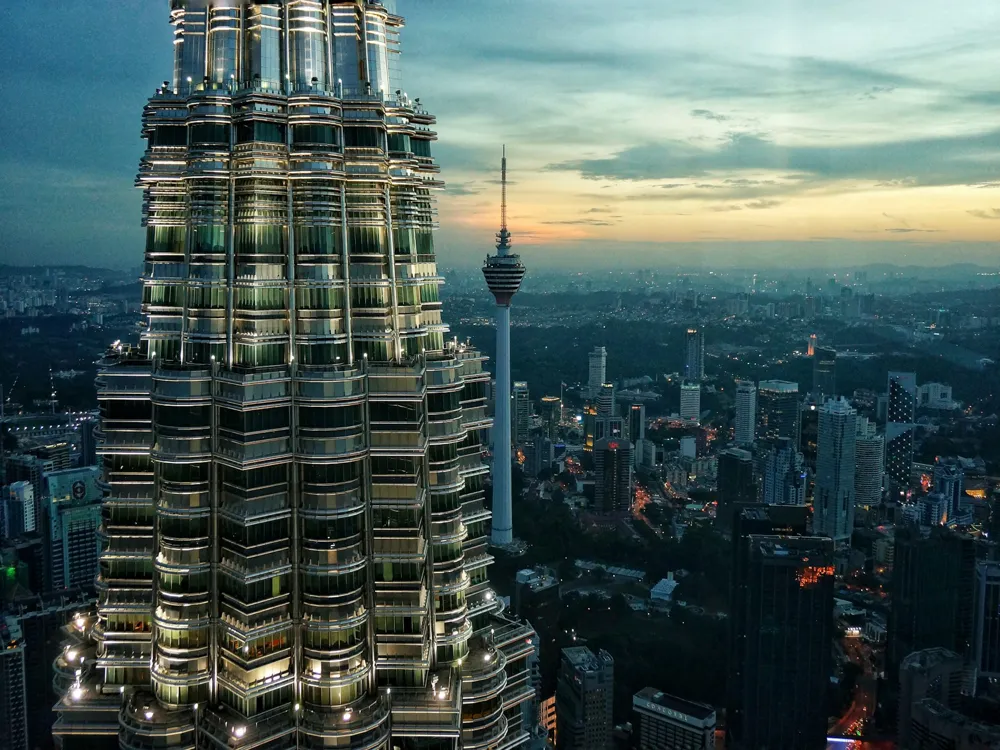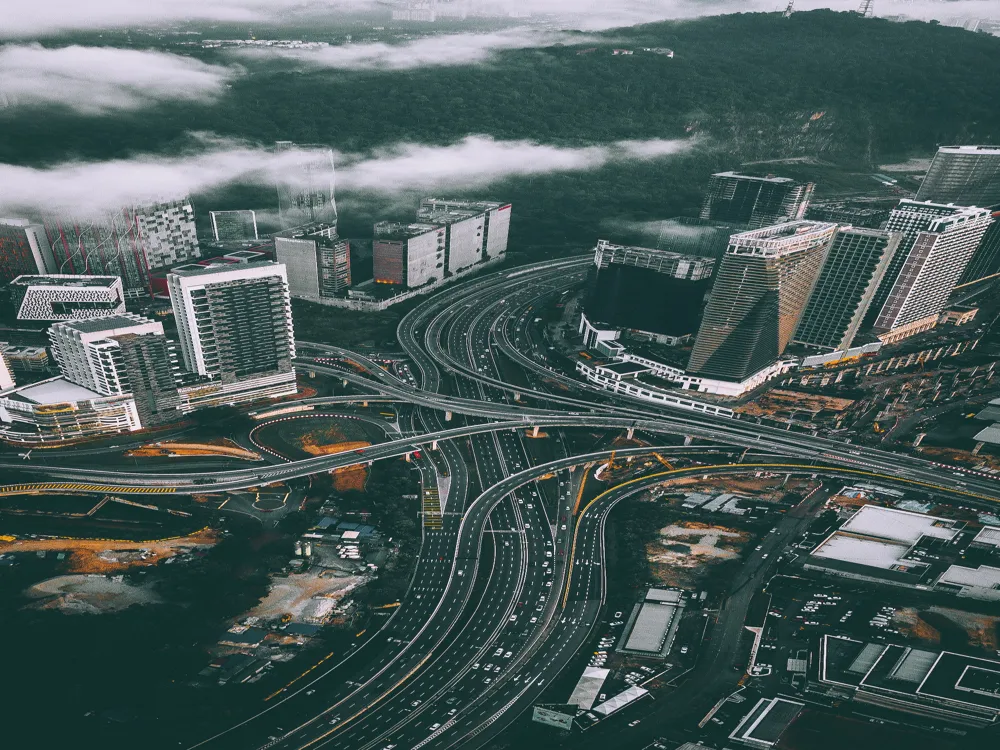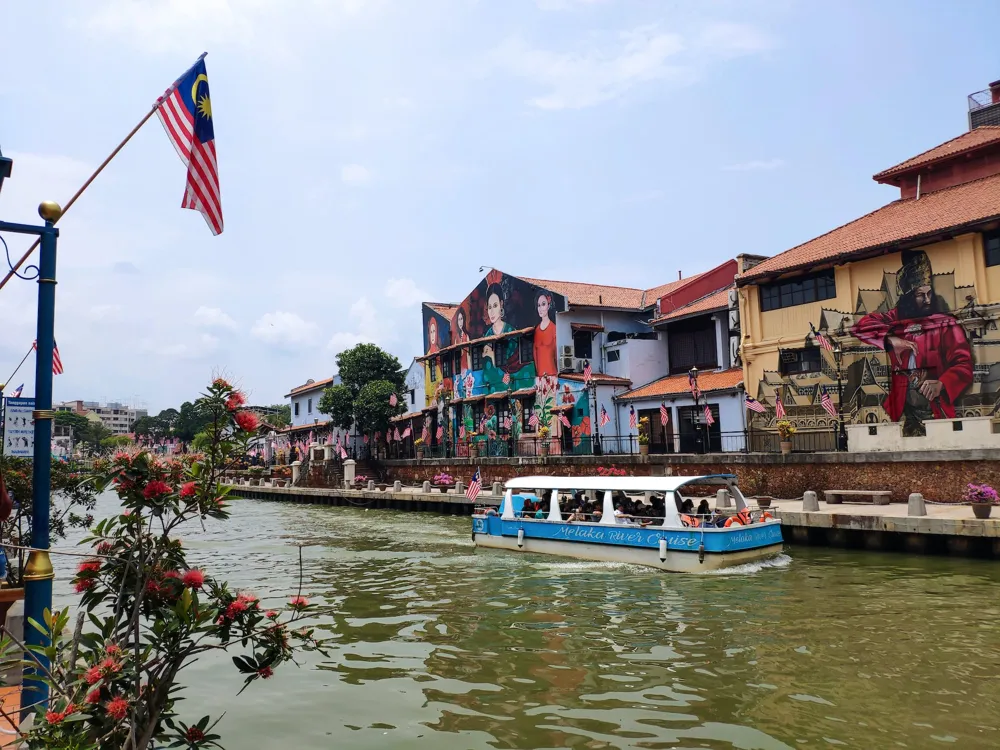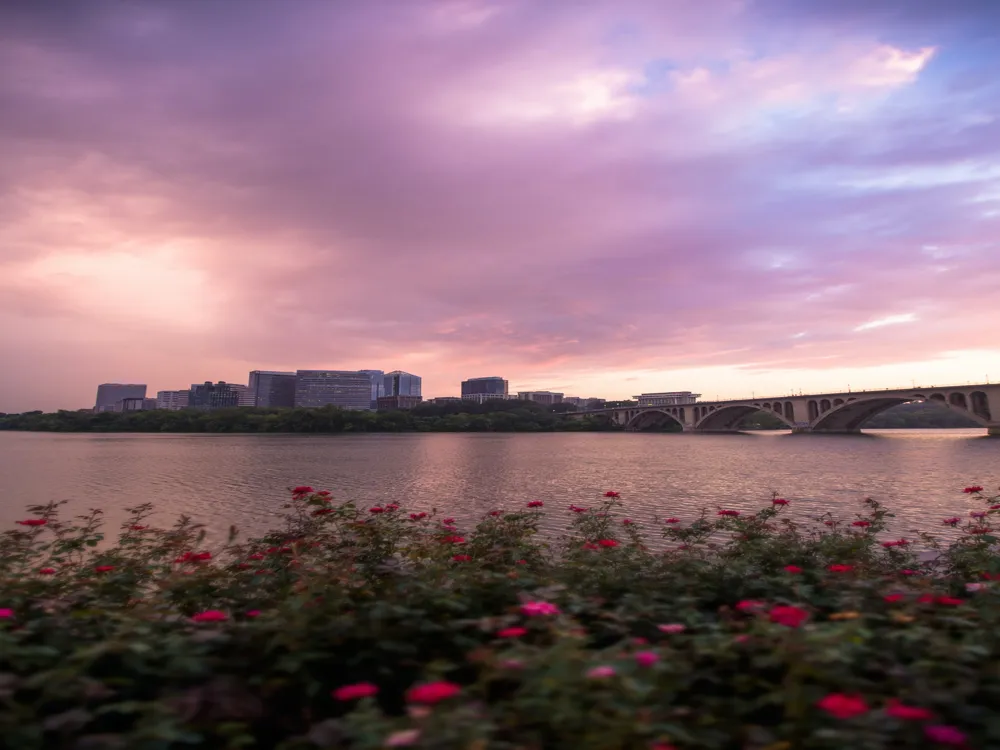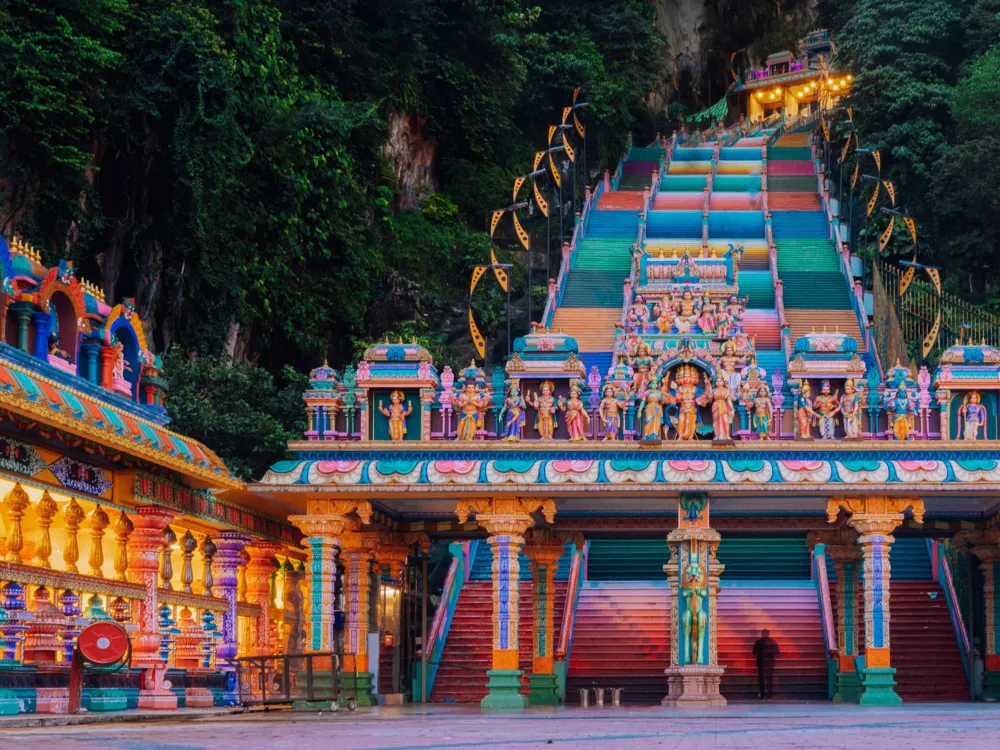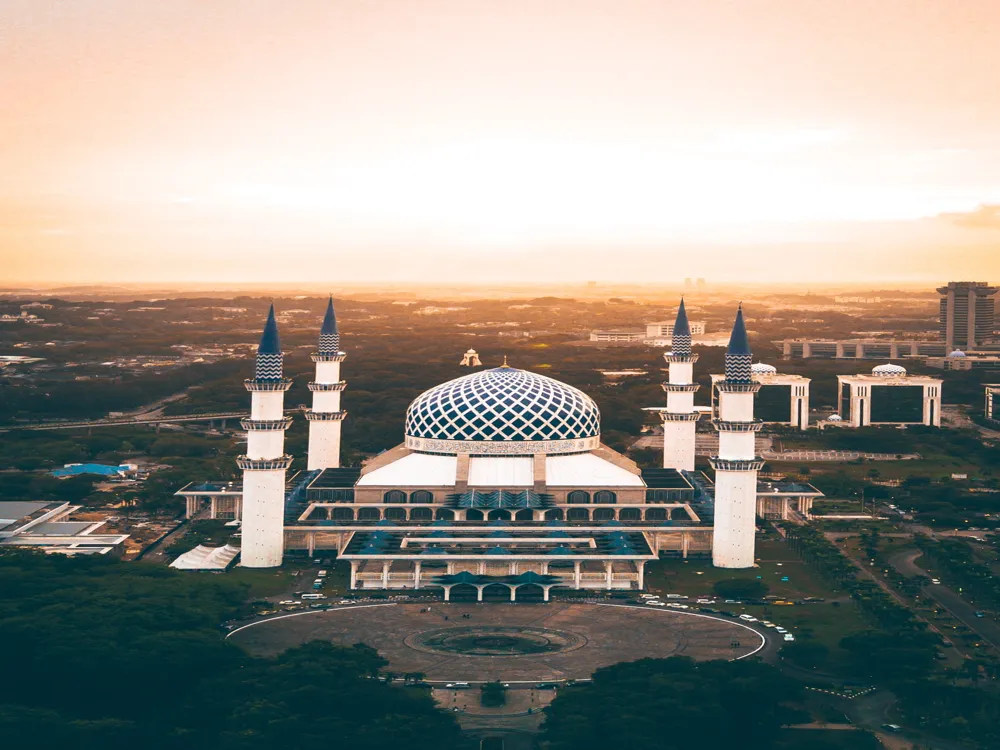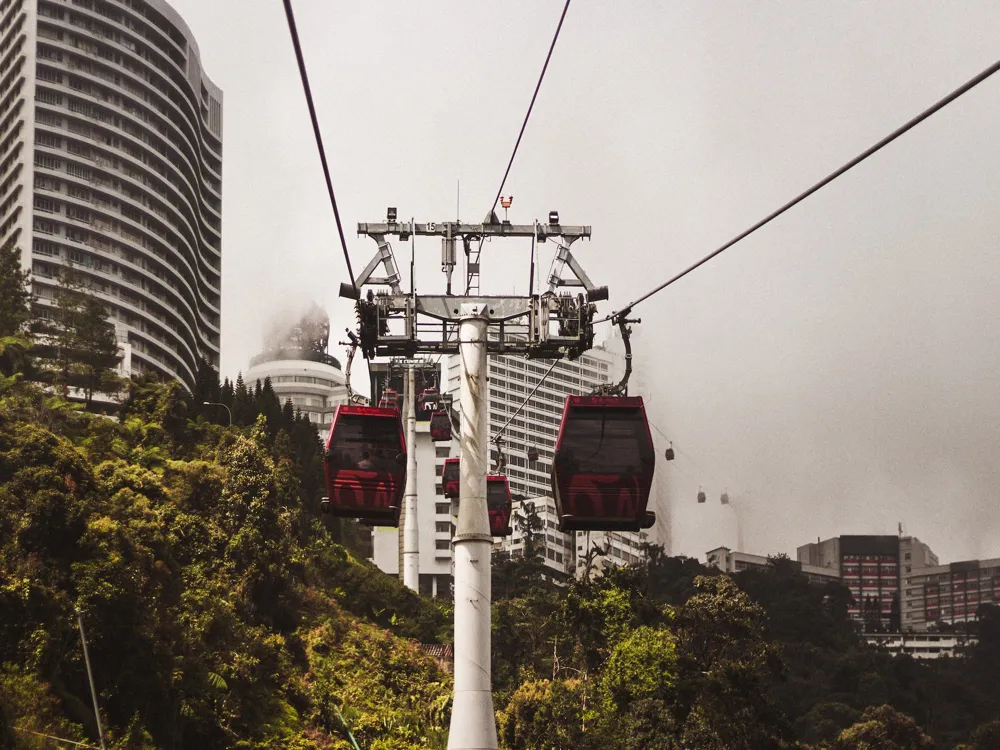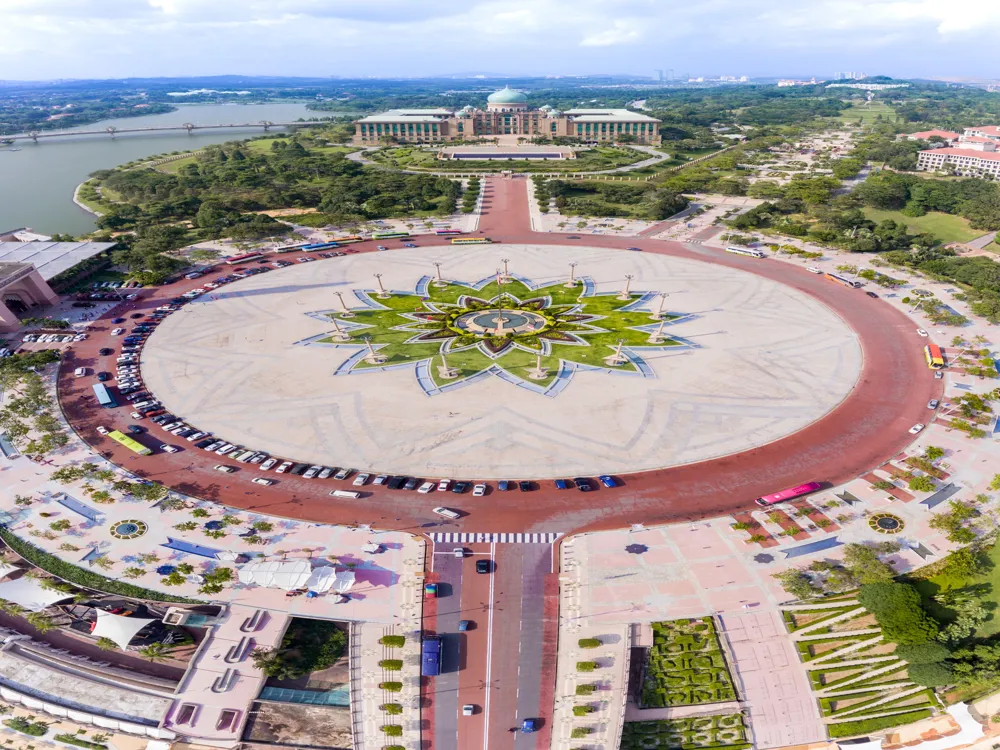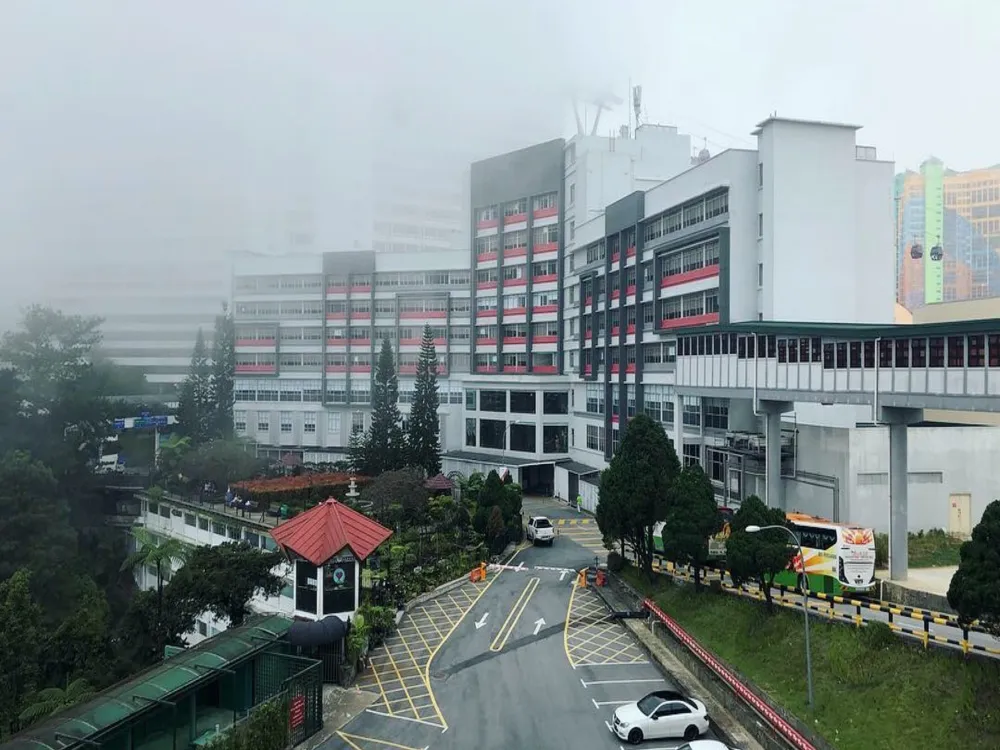Zoo Negara, located on the outskirts of Kuala Lumpur, is more than just a destination; it's a vibrant and educational experience. Spanning over 110 acres, this magnificent zoo is home to over 5,000 specimens from 476 species of mammals, birds, reptiles, amphibians, and fish. Since its inception in 1963, Zoo Negara has evolved from a simple animal park into a renowned conservation, research, and educational center. This transformation reflects Malaysia's growing environmental consciousness and commitment to wildlife preservation. The zoo's journey began with a passionate vision to create a haven for wildlife and a place for people to experience the wonders of nature. The initial collection was modest, but over the years, it has grown to include rare and exotic species, making it a must-visit for animal enthusiasts and conservationists. The zoo operates with a strong ethos of animal welfare, ensuring that each species is housed in enclosures that closely mimic their natural habitats. These efforts have not only enhanced the living conditions of the animals but have also made Zoo Negara an exemplary model in zoo management and animal care. Zoo Negara is divided into several sections, each dedicated to different species and ecosystems. The 'Savannah Walk' is a highlight, where visitors can observe animals such as giraffes, zebras, and rhinoceroses roaming in an open environment. The 'Reptile Park' houses an impressive collection of reptiles, including the king cobra and the reticulated python. For bird lovers, the 'Bird Aviary' is a paradise, showcasing a diverse range of bird species, from the colorful parrots to the majestic eagles. Education and conservation are at the heart of Zoo Negara's mission. The zoo runs various educational programs and activities aimed at raising awareness about wildlife conservation. These programs are designed for all ages and include interactive sessions, guided tours, and wildlife talks. The zoo also participates in several conservation projects, working closely with local and international organizations to protect endangered species and their habitats. A visit to Zoo Negara is an immersive experience. It's not just about observing animals but understanding their role in our world and the importance of preserving biodiversity. The zoo's efforts in conservation, education, and research make it a beacon of hope for the future of wildlife. As a visitor, you are not just a spectator but a participant in this noble cause, contributing to the conservation efforts simply by your presence and support. The architecture of Zoo Negara is a harmonious blend of nature and design, creating a space that is both functional for its inhabitants and aesthetically pleasing for its visitors. The zoo's layout is thoughtfully planned to mimic natural habitats, providing a sense of immersion into the wild. Each enclosure is designed considering the specific needs of the species it houses, ensuring their physical and psychological well-being. The entrance of Zoo Negara sets the tone for the entire experience. The gateway is adorned with motifs and designs inspired by Malaysia's rich cultural heritage, welcoming visitors into a world where nature and culture intertwine. As you walk through the zoo, you'll notice that the pathways and viewing areas are strategically placed to offer the best views of the animals while maintaining a safe and respectful distance. One of the architectural highlights of Zoo Negara is the 'Elephant Sanctuary'. This expansive enclosure provides a naturalistic environment for the elephants, complete with mud baths, pools, and ample space for roaming. The design reflects an understanding of the elephants' social and physical needs, creating a space where they can thrive. Another notable feature is the 'Ape Centre', home to various species of primates. The enclosure is an intricate structure of climbing frames, ropes, and platforms, simulating a jungle environment. This allows the primates to exhibit natural behaviors, such as swinging and climbing, crucial for their physical and mental health. The 'Aquarium' section is a marvel of design, with large, clear tanks that give visitors an underwater view of the aquatic life. The lighting and water conditions in each tank are carefully controlled to replicate the natural environments of the aquatic species, from freshwater rivers to deep ocean habitats. Incorporating green architecture, Zoo Negara uses natural ventilation and lighting wherever possible. The use of sustainable materials and eco-friendly practices in construction and maintenance highlights the zoo's commitment to environmental stewardship. The architecture of Zoo Negara is not just about enclosures and pathways; it's about creating a space where wildlife conservation, education, and visitor experience come together seamlessly. Before visiting Zoo Negara, check the weather forecast and plan your trip accordingly. The zoo is an open-air experience, so comfortable clothing and footwear are recommended. Don't forget to bring hats, sunglasses, and sunscreen for sun protection. Zoo Negara covers a large area, so be prepared for a fair amount of walking. There are clear signages and maps available at the entrance. Consider renting a stroller or a wheelchair for a more comfortable experience, especially if traveling with young children or elderly visitors. Check the schedule for animal feeding times and shows upon arrival. These are great opportunities to learn about the animals and see them up close. Be punctual as these events are popular and can get crowded. There are several food outlets and picnic areas inside the zoo. However, you can bring your own food and drinks. Remember to dispose of your waste responsibly in the bins provided to keep the zoo clean and safe for the animals. Photography is allowed in the zoo, but flash photography is prohibited as it can disturb the animals. Respect the animals' space and do not attempt to touch or feed them unless it's part of a supervised activity. Zoo Negara is accessible by various modes of transportation. If you're driving, the zoo is located off the MRR2 (Middle Ring Road 2) and has ample parking space. For public transport, take the LRT to the Wangsa Maju station, and from there, you can catch a taxi or a bus directly to the zoo. Alternatively, ride-sharing services are a convenient option to reach Zoo Negara without the hassle of navigating public transport. Read More:Overview of Zoo Negara in Kuala Lumpur
Architecture of Zoo Negara
Tips When Visiting Zoo Negara
Plan Your Visit
Getting Around the Zoo
Feeding Times and Shows
Food and Refreshments
Photography
How To Reach Zoo Negara
Zoo Negara
Kuala Lumpur
₹ 18,000 onwards
View kuala-lumpur Packages
Weather :
Tags : Zoo
Timings : 9: 00 AM – 5:00 PM every day
Last Admission: 4:00 PM
Time Required : 2-3 hours
Entry Fee : Adult: RM 85
Child: RM 43
Senior Citizen: RM 85
There is free admission for disabled people with a valid ID Card
Accessibility : Wheelchair Friendly
Planning a Trip? Ask Your Question
Kuala-lumpur Travel Packages
View All Packages For Kuala-lumpur
Top Hotel Collections for Kuala-lumpur

Private Pool

Luxury Hotels

5-Star Hotels

Pet Friendly
Top Hotels Near Kuala-lumpur
Other Top Ranking Places In Kuala-lumpur
View All Places To Visit In kuala-lumpur
View kuala-lumpur Packages
Weather :
Tags : Zoo
Timings : 9: 00 AM – 5:00 PM every day
Last Admission: 4:00 PM
Time Required : 2-3 hours
Entry Fee : Adult: RM 85
Child: RM 43
Senior Citizen: RM 85
There is free admission for disabled people with a valid ID Card
Accessibility : Wheelchair Friendly
Planning a Trip? Ask Your Question
Kuala-lumpur Travel Packages
View All Packages For Kuala-lumpur
Top Hotel Collections for Kuala-lumpur

Private Pool

Luxury Hotels

5-Star Hotels

Pet Friendly







